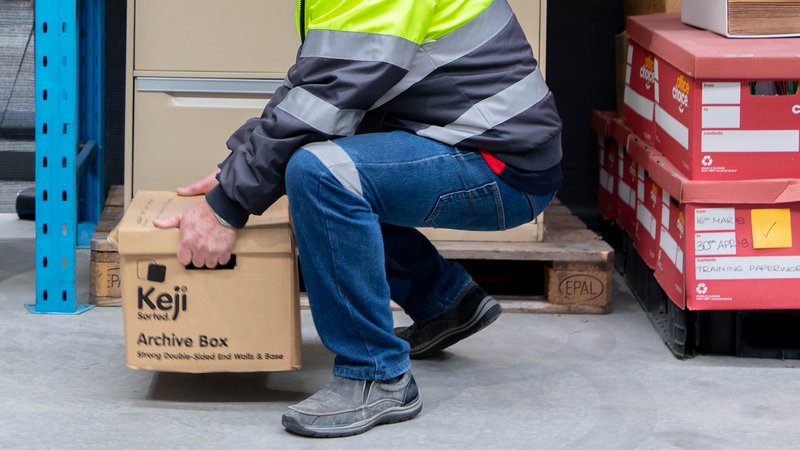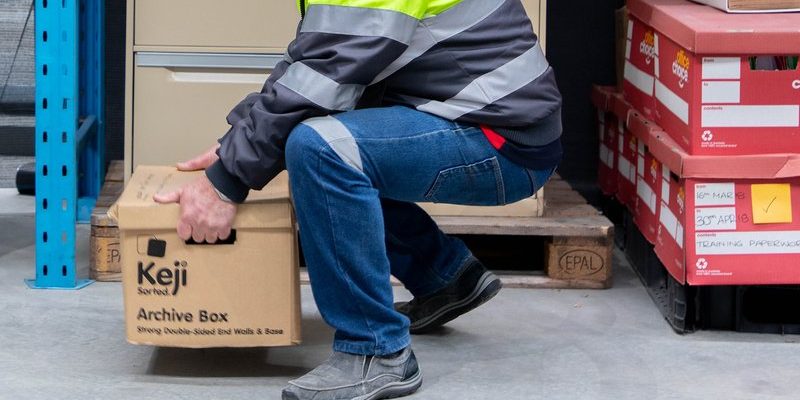
Picture this: you’re at a coffee shop, and you see someone struggling with a complicated gadget. You want to help them, but all they keep saying is, “I just don’t get it!” That’s how some people might feel when learning how to care for their rhino iguana. This guide is here to help clear up the confusion and ensure you and your iguana can enjoy a comfortable relationship.
As we dive into this topic, we’ll cover various aspects, like habitat setup, handling techniques, and even troubleshooting common challenges. Let’s make the journey of understanding your iguana a little easier and a lot more enjoyable.
Creating the Perfect Habitat
Setting up a comfortable habitat for your rhino iguana is like creating a cozy little home that meets their specific needs. Start with a spacious enclosure—ideally, something that’s at least 4 feet long. These iguanas love to roam and explore, so giving them space is key.
The enclosure should mimic their natural environment, which features warm temperatures and humidity. Aim for a temperature gradient between 85°F to 95°F on one side and cooler areas around 75°F. Use a quality thermometer to keep track of these variations. A humidity level of about 60% to 70% is ideal, which you can achieve with a good misting system or water bowls.
Decorate their habitat with climbing branches, hides, and plants (real or fake) to create a stimulating environment. Think of this setup as a playground where your iguana can feel secure and happy. If they don’t feel comfortable in their surroundings, it can lead to stress and health issues down the line.
Essential Supplies for Your Iguana
When you’re preparing for your new pet, there are a few essential supplies you’ll need. Some of the must-haves include:
- UVB Lighting: This is crucial for your iguana’s health. They need UVB rays to synthesize vitamin D3, which helps absorb calcium.
- Heat Source: A basking light or ceramic heat emitter will help maintain the necessary temperature.
- Substrate: Use non-toxic bedding such as reptile carpet, coconut fiber, or paper towels.
- Water Dish: Make sure they have access to clean water at all times, as rhino iguanas love to soak.
These supplies will not only keep your iguana thriving but also make your home a great place for them to flourish.
Handling Techniques for Your Rhino Iguana
Now that you have a comfy home for your rhino iguana, let’s talk about handling. The way you approach your iguana can make a huge difference in how they respond to you. Honestly, you want to be their friend, not a source of stress.
When you first bring your iguana home, give them time to adjust to their new space. Avoid holding them for at least a week to let them settle in. Once you feel it’s time to make your move, approach them slowly and gently. You might want to start by letting them get used to your presence. Sit near their enclosure, and speak softly. Let them come to you on their own terms.
When you’re ready to pick them up, support their body fully. Place one hand under their chest and the other supporting their hind legs. This way, they feel secure and are less likely to squirm. Remember, you’re not just a human; you’re a giant in their eyes, so being gentle is key.
Recognizing Signs of Stress
As you handle your iguana, it’s important to be aware of any signs of stress. If your iguana flattens their body, tries to escape, or even hisses, it’s time to put them down and give them some space. Here’s the thing: just like us, iguanas can feel overwhelmed. By respecting their comfort, you’re nurturing a better bond.
Make handling a positive experience by associating it with their favorite treats. Offer bits of leafy greens or fruits (like mangoes) after a successful interaction and watch those wonderful connections build over time.
Feeding Your Rhino Iguana Right
Feeding your rhino iguana is another vital part of keeping them happy and healthy. Their diet primarily consists of leafy greens, vegetables, and occasional fruits. Think of it like a colorful salad bar—variety is essential!
Some great options include collard greens, dandelion greens, and carrots. You might be wondering about fruits; while they do love them, keep them as occasional treats rather than staples. Too much fruit can lead to health issues due to high sugar content.
When preparing their food, chop it into bite-sized pieces. This makes it easier for them to eat and also allows you to monitor their intake. And don’t forget to provide fresh water daily; hydration is crucial for their overall health.
Common Feeding Issues
Sometimes, your iguana might refuse to eat. This can be concerning, but don’t panic. A few common reasons for a lack of appetite include stress, temperature changes, or even boredom with their food options.
If you notice they aren’t eating, start by observing their environment. Is their habitat too cold? Are they feeling insecure? Sometimes, offering a new type of green can reignite their interest. The key is patience—often, they’ll come around once they feel comfortable again.
Grooming and Health Care
Regular grooming is an essential part of caring for your rhino iguana. While they don’t require grooming like furry pets, you should check their nails and skin occasionally. Long nails can cause injuries to themselves or you during handling, so be sure to trim them carefully. If you’re unsure how to do this, consulting a vet is a good idea.
Keeping an eye on their skin is also important. Healthy iguanas have smooth, supple skin. If you notice any shedding, you might need to adjust the humidity in their habitat. A soak in lukewarm water can also help with stuck shed.
Vaccinations aren’t usually necessary for iguanas, but regular vet check-ups are a must. Regularly monitoring their weight and overall health can prevent potential issues before they become serious.
Pest and Parasite Control
Finally, be aware of pests or parasites that can affect your iguana. Symptoms might include lethargy, loss of appetite, or unusual behavior. If you suspect a problem, it’s best to consult a veterinarian who specializes in reptiles. They can offer treatments that are safe and effective.
Building a Relationship with Your Iguana
The final step in handling your rhino iguana safely and comfortably is building a strong relationship with them. This can take time, but it’s a rewarding journey. Spend time just sitting by their habitat, talking to them, and letting them explore outside of their space under supervision.
Engaging with your iguana through gentle handling and play can develop trust. As they get more accustomed to you, you’ll notice their personality shine through. Some iguanas can be quite curious and enjoy interacting with their owners.
You might find that your relationship changes over time, sometimes feeling like a dance. Sometimes they may want to be close, other times they may need their space. That balance will create a comfortable environment for both of you.
Final Thoughts
Caring for a rhino iguana involves more than just providing a home and food. It’s about understanding their needs, being patient, and nurturing a bond that fosters trust. By creating the right habitat, practicing gentle handling, and keeping an eye on their health, you can ensure that your iguana thrives.
Remember, every iguana has its personality and quirks, and your journey with them will be uniquely rewarding. With some love, dedication, and the right knowledge, you can have a happy and healthy relationship with your scaley friend.

